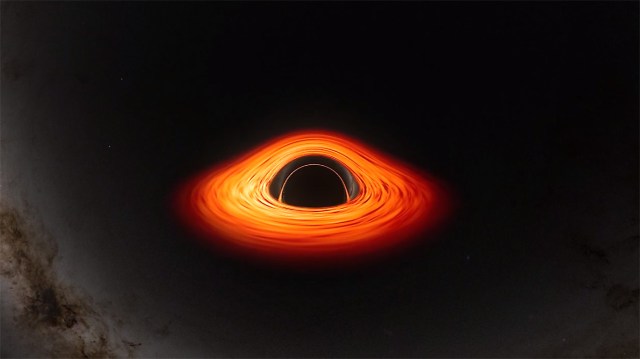Insane Metal
Member
100% expected, what's more exciting is Trappist 1d, e and f.
These Trappist planets are probably all fucked because of its mother star
100% expected, what's more exciting is Trappist 1d, e and f.
These Trappist planets are probably all fucked because of its mother star
I bet its all hot ass airless rocks at the front and cold airless iceballs at the middle and back100% expected, what's more exciting is Trappist 1d, e and f.
I think it's impossible to know from this distance. But we'll be able to find an atmosphere if there is one.I bet its all hot ass airless rocks at the front and cold airless iceballs at the middle and back
The planets they’ve studied so far have no atmospheresI think it's impossible to know from this distance. But we'll be able to find an atmosphere if there is one.
The planets they’ve studied so far have no atmosphere







The James Webb Space Telescope has detected the most distant known galaxy, JADES-GS-z14-0, observed as it was just 290 million years after the Big Bang. At this point, the universe was only 2% of its current age, which is approximately 13.8 billion years. The galaxy spans more than 1,600 light years and its brightness is attributed to young stars rather than a supermassive black hole. This rapid formation within such a short time raises questions about how such a massive galaxy emerged so early. The presence of oxygen in the galaxy suggests it has undergone multiple generations of star formation, indicating significant maturity despite its young cosmic age. The discovery underscores JWST's ability to probe the early universe, potentially observing galaxies from within the first 200 million years.
Got damn! Less than 300Ml years is incredible.
James Webb: Earliest and most distant galaxy ever observed
The James Webb Space Telescope smashes its own record for detecting the most distant known galaxy.www.bbc.com
ChatGPT summary





Vivid Portrait of Interacting Galaxies Marks Webb’s Second Anniversary - NASA Science
Two for two! A duo of interacting galaxies commemorates the second science anniversary of NASA’s James Webb Space Telescope, which takes constant observations, including images and highly detailed data known as spectra. Its operations have led to a “parade” of discoveries by astronomers around...science.nasa.gov

I doubt it's capable of doing so, even a huge spaceship would be spotted by the light it is emitting or reflecting so they'd just think it was a stray planet or comet or something. The scarier thing would be if they spotted something going left to right and then turning and heading toward us as if it knew it was spotted.I'm curious if this telescope could by the odd chance just see or detect a spacecraft randomly while it's doing its thing. Obviously that light could be travelling 100s or 1000s of years in the past dependent on how many light years.
Honestly would wish to know more about our closest star. Only 4 LY away.
I'm curious if this telescope could by the odd chance just see or detect a spacecraft randomly while it's doing its thing. Obviously that light could be travelling 100s or 1000s of years in the past dependent on how many light years.
Honestly would wish to know more about our closest star. Only 4 LY away.
